What is Kessler syndrome?
Scientists warn that space junk collisions could eventually trap us on Earth
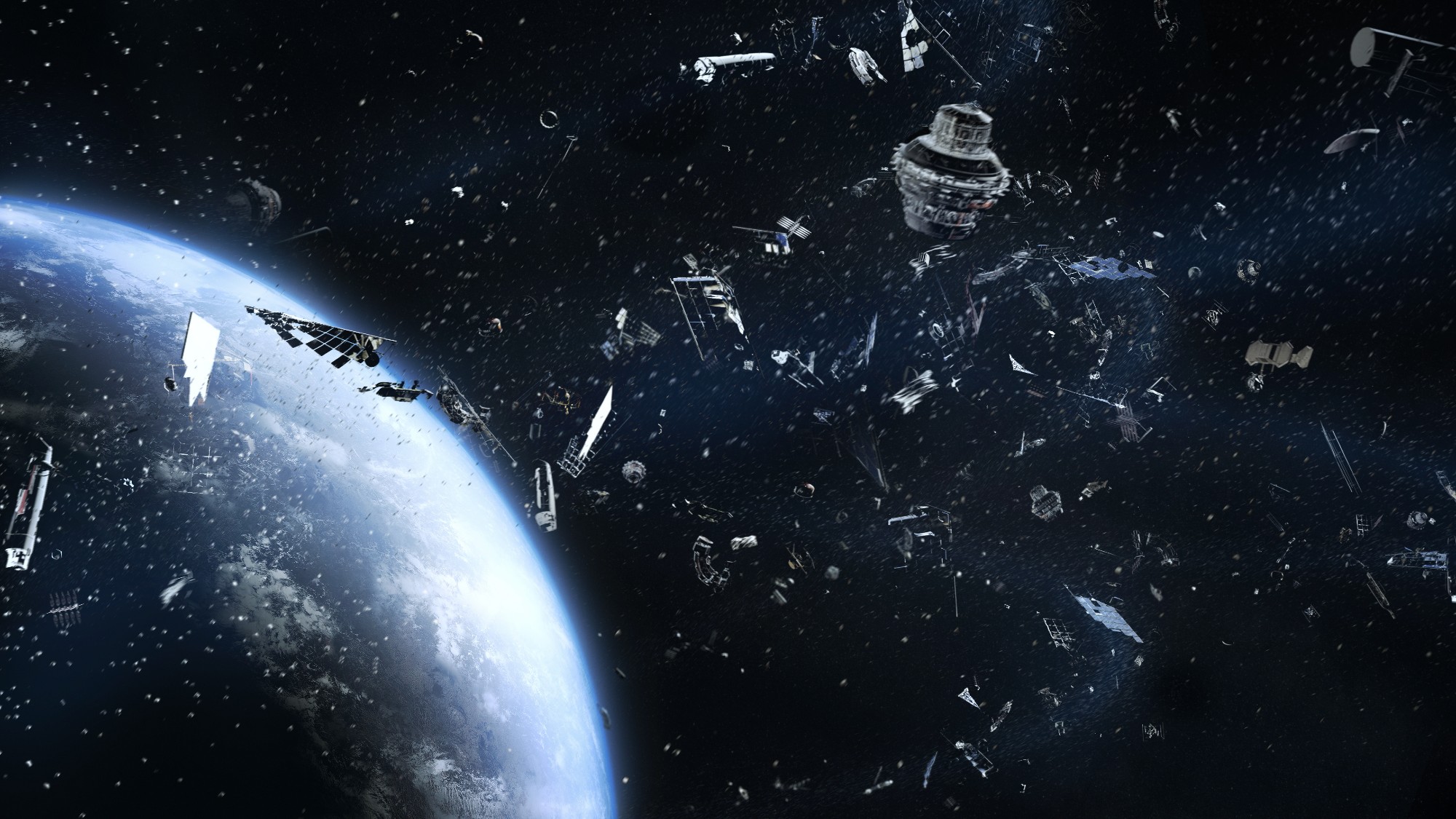
A US Air Force weather satellite broke up in space last month, shattering into 50 pieces and joining the estimated 130 million bits of "space junk" in the Earth's orbit.
The increasing amount of debris has heightened fears about the "Kessler syndrome". Named after an American astrophysicist called Donald Kessler, it refers to a scenario in which a space junk collision sets off a chain reaction of similar incidents. Experts are divided over how likely such a scenario is, and how much of a threat it poses to Earth.
What is Kessler syndrome?
Although its exact definition is "muddy", said CNN, Kessler syndrome "broadly describes" a chain reaction scenario in which a collision "sends out a plume of fragments" that "in turn smash into other spaceborne objects", creating "more detritus". This "cascading effect" may continue until the Earth's orbit is "so clogged with junk" that it impacts everyday life.
The Week
Escape your echo chamber. Get the facts behind the news, plus analysis from multiple perspectives.

Sign up for The Week's Free Newsletters
From our morning news briefing to a weekly Good News Newsletter, get the best of The Week delivered directly to your inbox.
From our morning news briefing to a weekly Good News Newsletter, get the best of The Week delivered directly to your inbox.
What effect could it have?
In a worse-case scenario, a "cloud of space junk surrounding the Earth" risks "cutting off operations" for all technology that relies on satellites, such as weather forecasts, GPS and television, said the Daily Mail. Metallic space debris in particular could "disrupt Earth's magnetosphere, exposing all life to deadly cosmic rays".
A Kessler syndrome event "would affect everybody on the planet", said Paul Lynam, an astronomer at the University of California’s Lick Observatory. An "overcrowded orbital space" would also hamper ground-based telescopes and could mean "our dreams of going to the Moon or further would be dashed", said the National Space Centre.
Has it already started?
The "scientific community hasn’t yet reached a consensus about whether the Kessler syndrome has begun, or, if it has not begun, how bad it will be when it starts", said Aerospace America magazine. The International Space Station "hasn't been destroyed, payloads reach deep space unharmed, and we're not trapped on Earth" by debris, so either the "calamity" is not yet "upon us" or we "just don't recognise it".
Space debris already has a total mass of more than 9,300 tonnes, according to the European Space Agency, which says the "probability for catastrophic collisions" will also "grow progressively". Doubling the number of objects in space increases the collision risk by approximately four times.
A free daily email with the biggest news stories of the day – and the best features from TheWeek.com
How big a problem is space junk?
The amount of orbital debris is growing fast, said Ars Technica. The world used to send about 80 to 100 satellites into orbit each year, but that number jumped above 1,000 in 2020, surpassed 2,000 in 2022, and more countries and companies are jumping into the satellite game. According to the Union of Concerned Scientists, as many as 57,000 could be in low-Earth orbit by 2030.
Objects the size of blueberries orbiting the Earth "have the kinetic energy of a falling anvil," while there are "tens of thousands of pieces of trackable debris the size of a softball or larger that have the kinetic energy of a large bomb".
But it's "not all doom and gloom", said the National Space Centre. Leading space scientists are "devising solutions" and prototypes "have already been tested and missions have been scheduled" to "help clean up our orbit". RemoveDebris, a project led by the University of Surrey, successfully captured a shoebox-sized object by "smothering it in a huge net", harpooned another piece of "dummy debris" and will use a "giant membrane" to pull the object towards Earth, so it "burns up safely in our atmosphere".
Chas Newkey-Burden has been part of The Week Digital team for more than a decade and a journalist for 25 years, starting out on the irreverent football weekly 90 Minutes, before moving to lifestyle magazines Loaded and Attitude. He was a columnist for The Big Issue and landed a world exclusive with David Beckham that became the weekly magazine’s bestselling issue. He now writes regularly for The Guardian, The Telegraph, The Independent, Metro, FourFourTwo and the i new site. He is also the author of a number of non-fiction books.
-
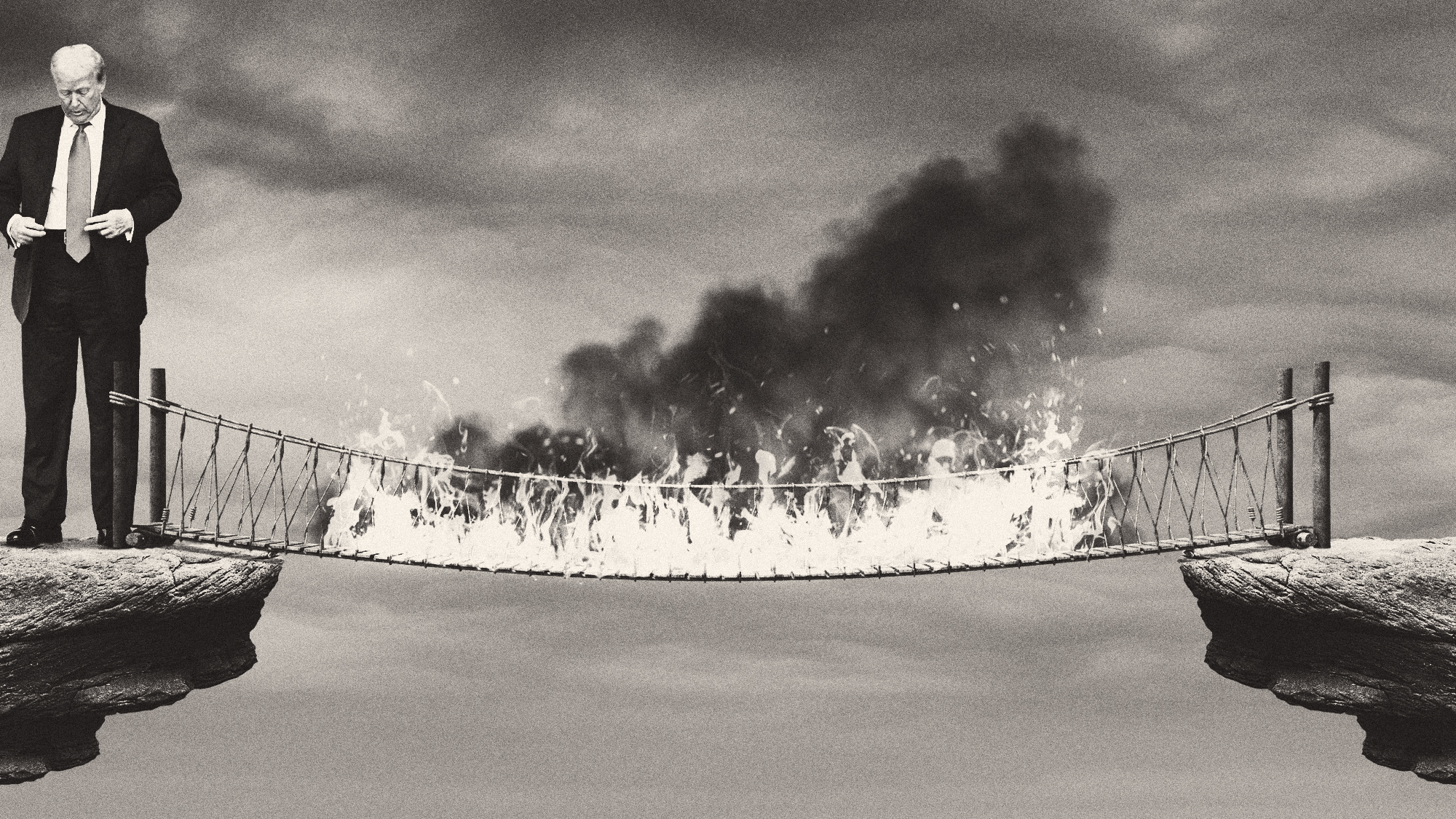 Did Trump just end the US-Europe alliance?
Did Trump just end the US-Europe alliance?Today's Big Question New US national security policy drops ‘grenade’ on Europe and should serve as ‘the mother of all wake-up calls’
-
 How the War Department became the Department of Defense – and back again
How the War Department became the Department of Defense – and back againIn Depth In 1947 President Harry Truman restructured the US military establishment, breaking with naming tradition
-
 Codeword: December 8, 2025
Codeword: December 8, 2025The daily codeword puzzle from The Week
-
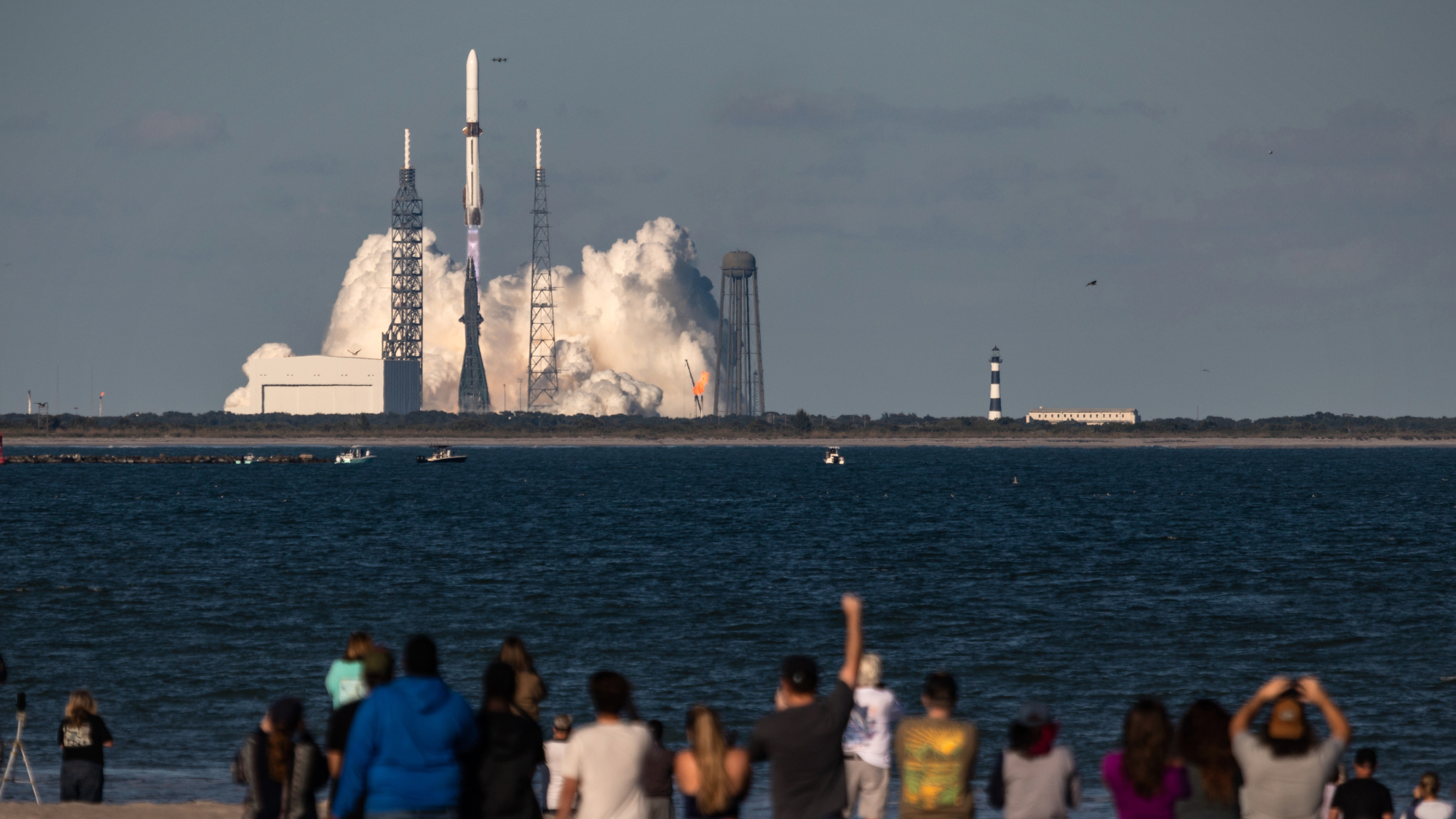 Blue Origin launches Mars probes in NASA debut
Blue Origin launches Mars probes in NASA debutSpeed Read The New Glenn rocket is carrying small twin spacecraft toward Mars as part of NASA’s Escapade mission
-
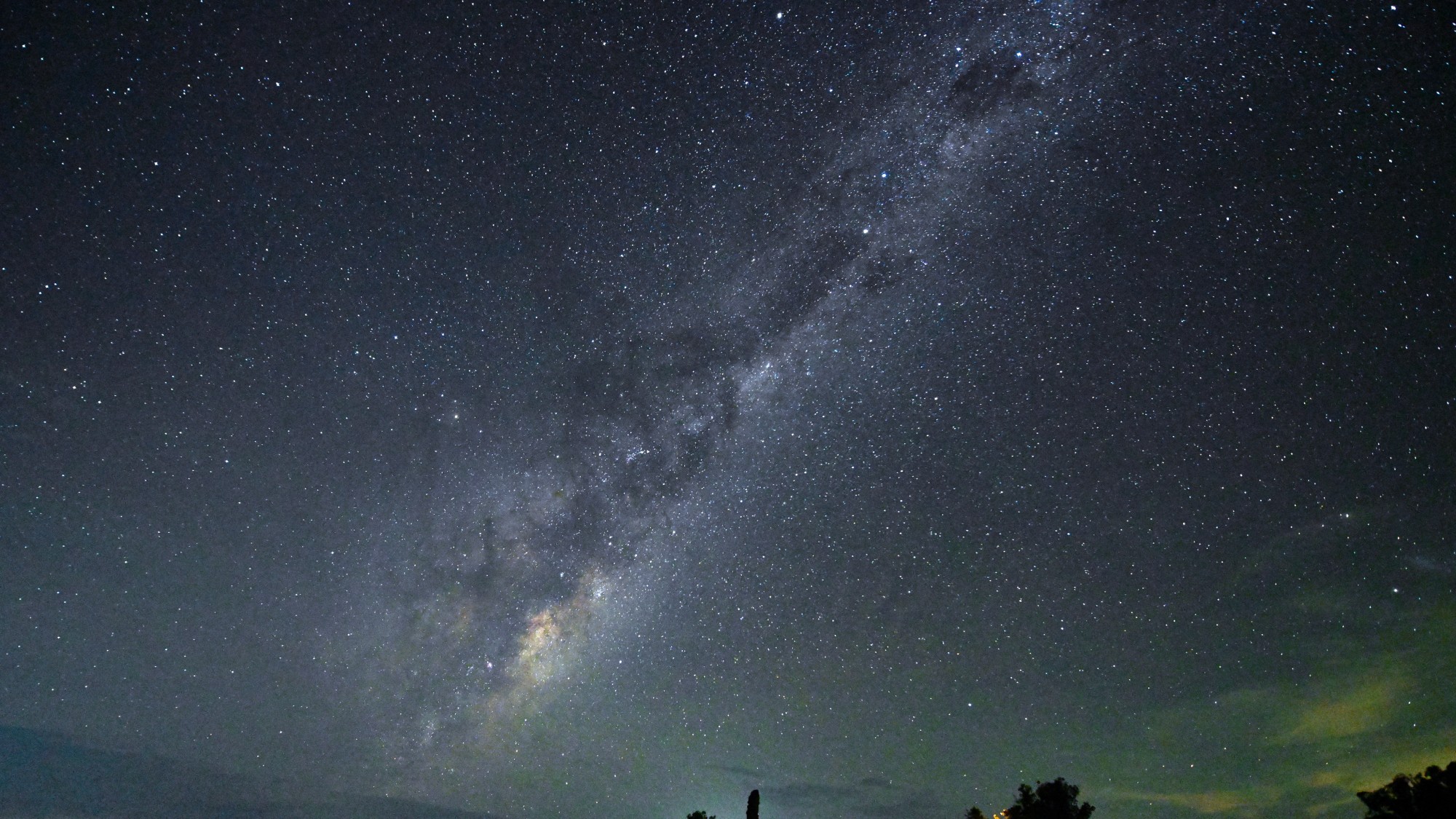 ‘The Big Crunch’: why science is divided over the future of the universe
‘The Big Crunch’: why science is divided over the future of the universeThe Explainer New study upends the prevailing theory about dark matter and says it is weakening
-
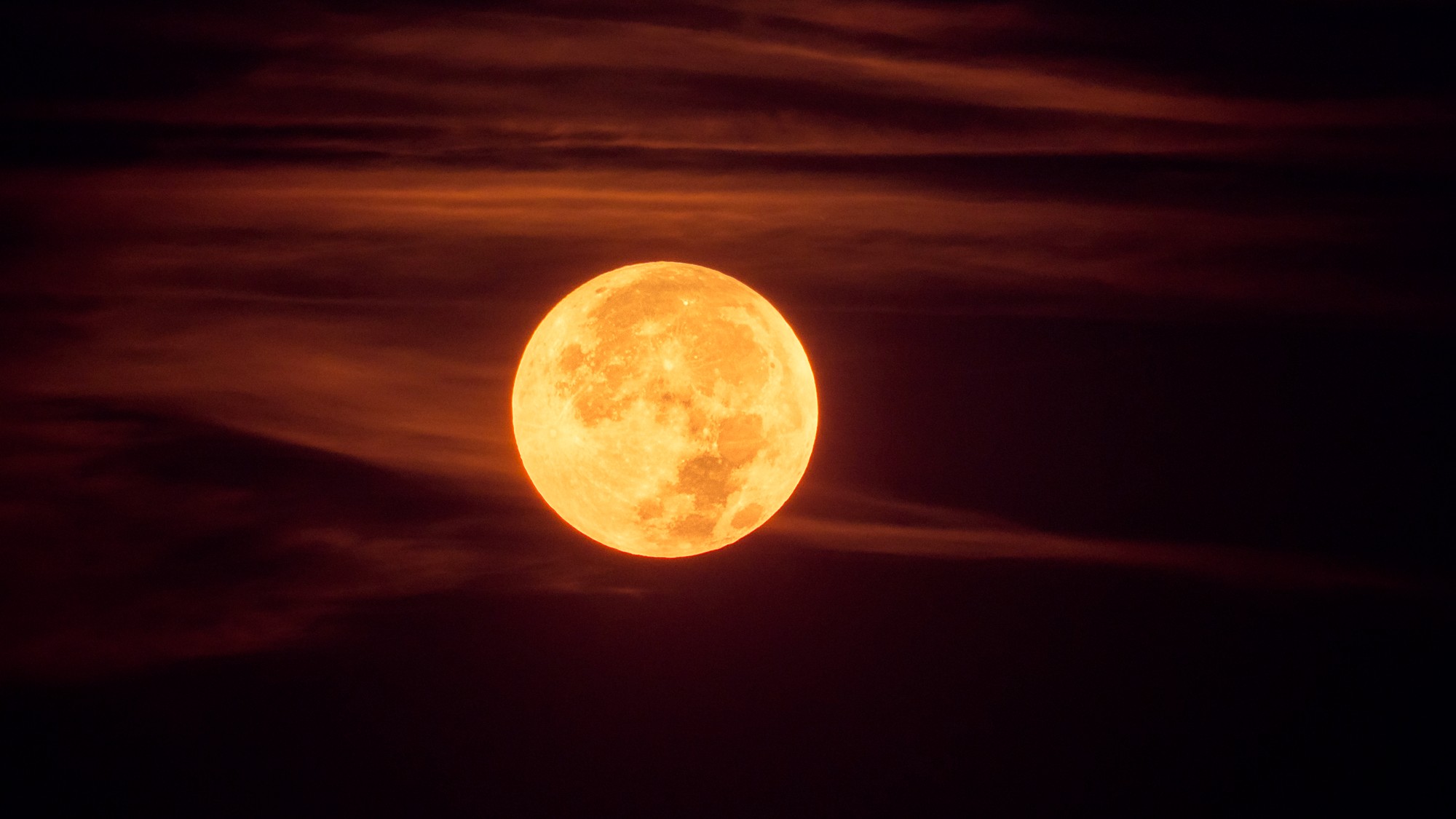 The moon is rusting
The moon is rustingUnder the radar The Earth is likely to blame
-
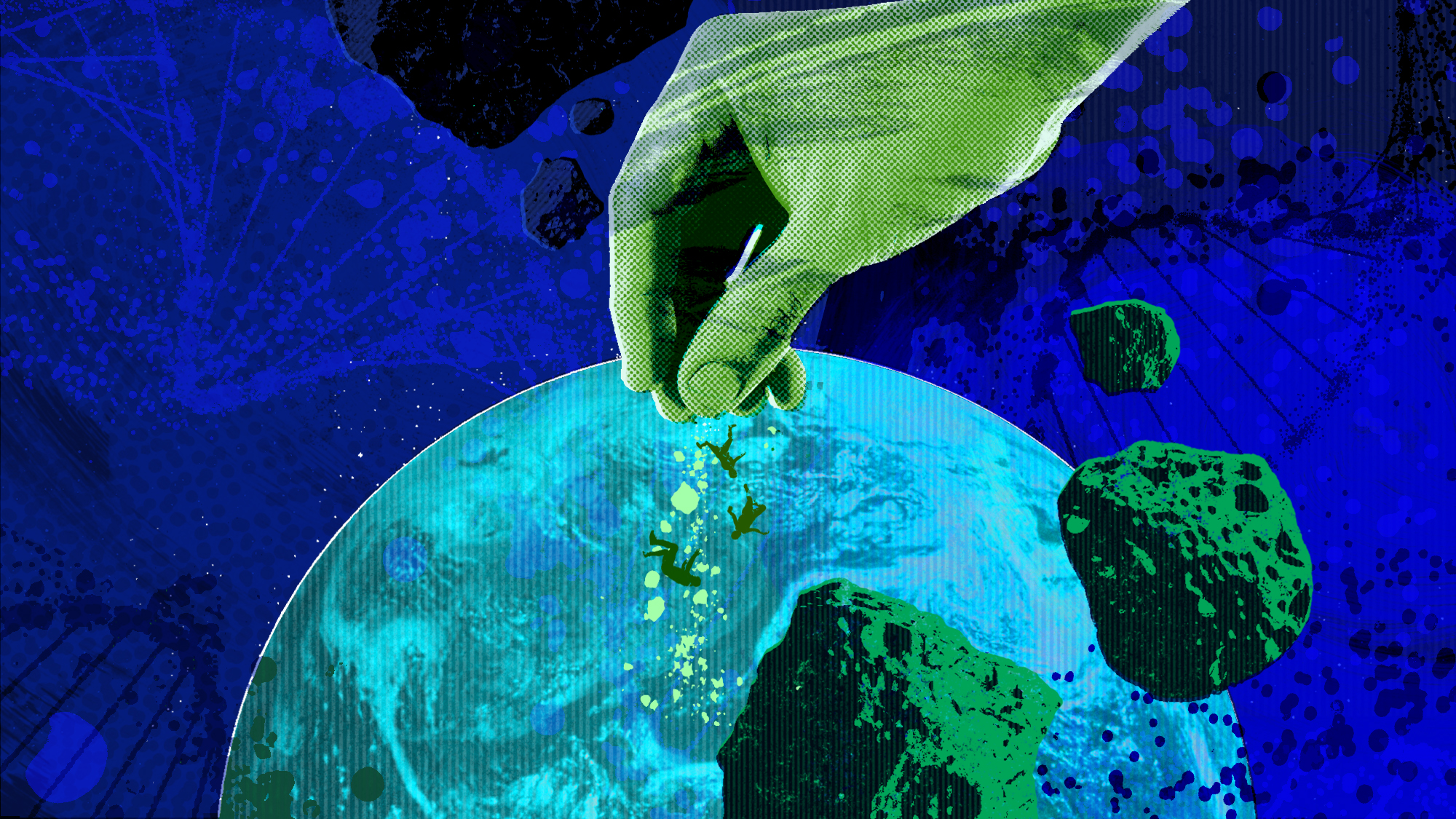 Panspermia: the theory that life was sent to Earth by aliens
Panspermia: the theory that life was sent to Earth by aliensUnder The Radar New findings have resurfaced an old, controversial idea
-
 Africa could become the next frontier for space programs
Africa could become the next frontier for space programsThe Explainer China and the US are both working on space applications for Africa
-
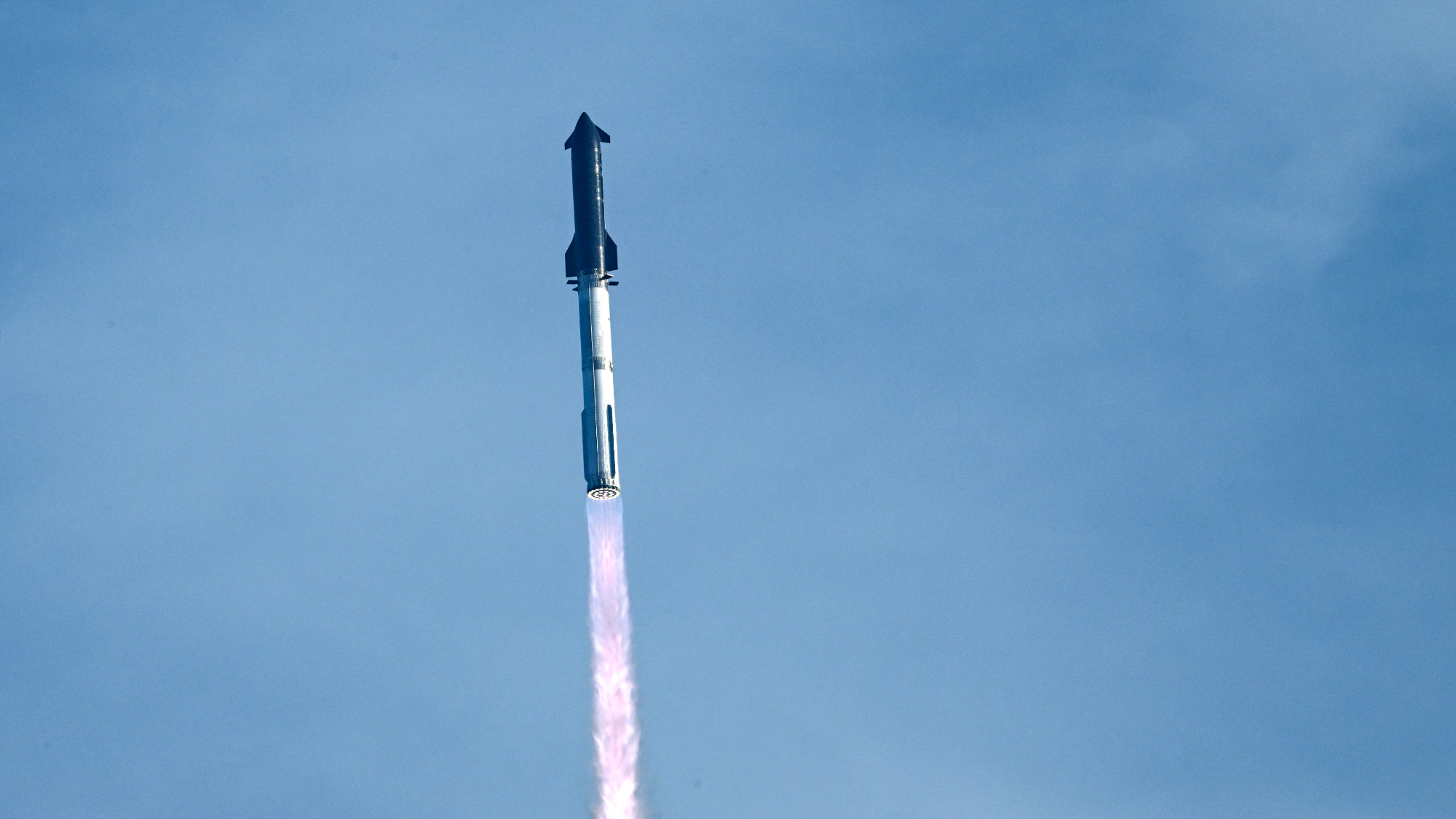 SpaceX breaks Starship losing streak in 10th test
SpaceX breaks Starship losing streak in 10th testspeed read The Starship rocket's test flight was largely successful, deploying eight dummy satellites during its hour in space
-
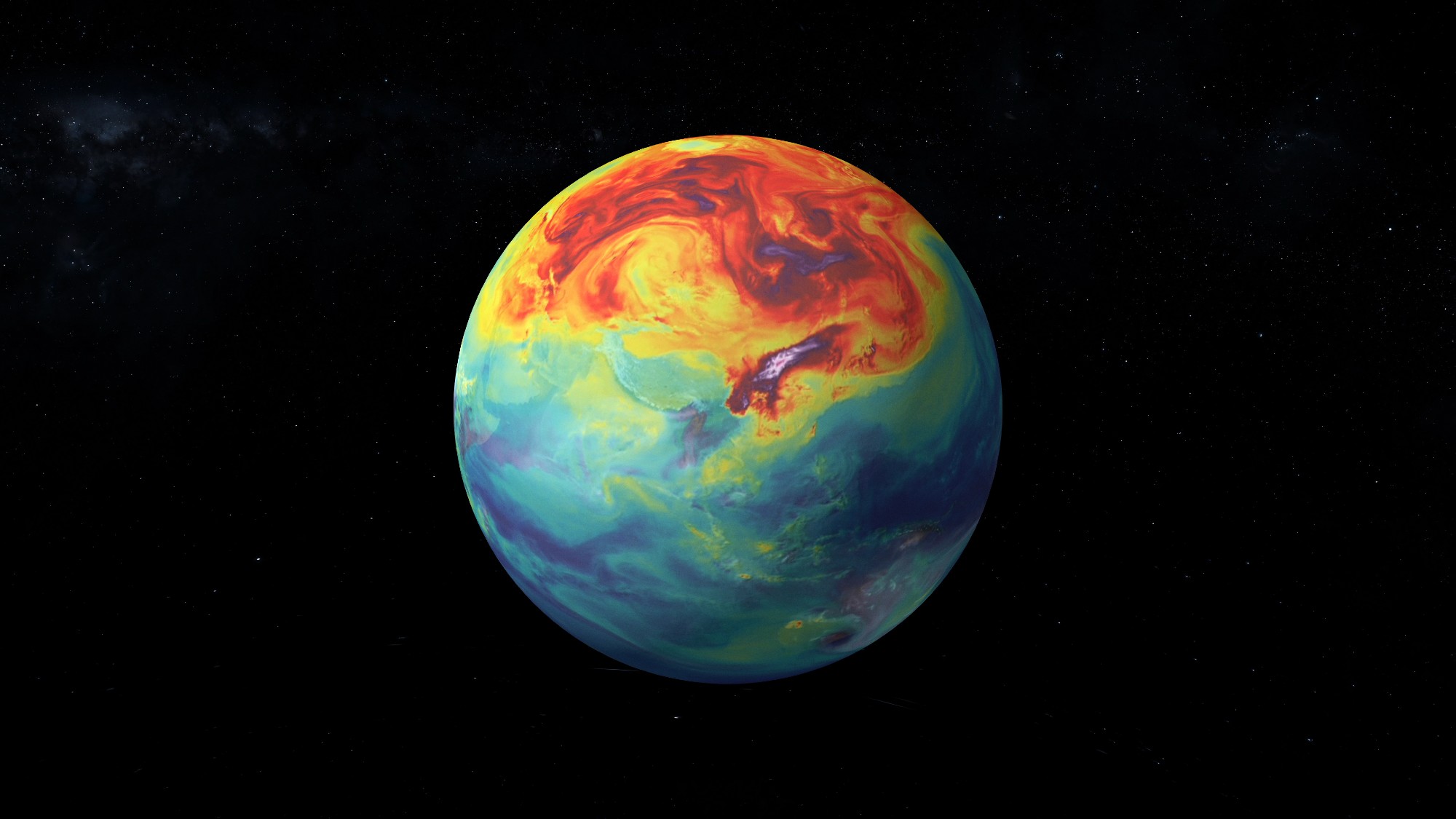 NASA is moving away from tracking climate change
NASA is moving away from tracking climate changeThe Explainer Climate missions could be going dark
-
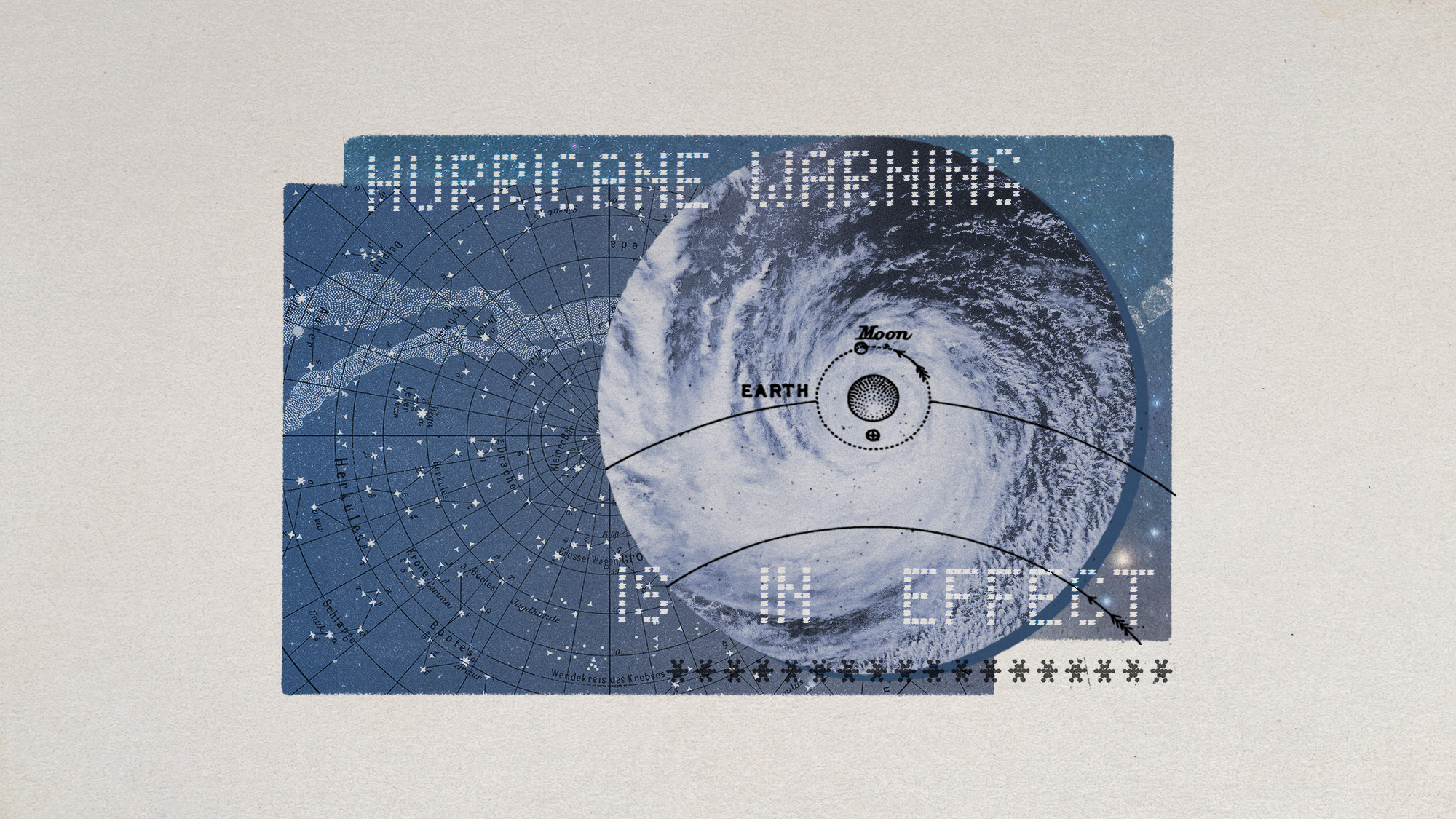 Hurricanes are not exclusive to Earth. They can happen in space.
Hurricanes are not exclusive to Earth. They can happen in space.Under the radar These storms may cause navigational problems